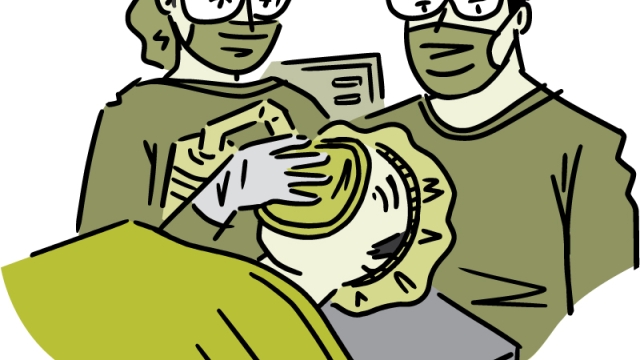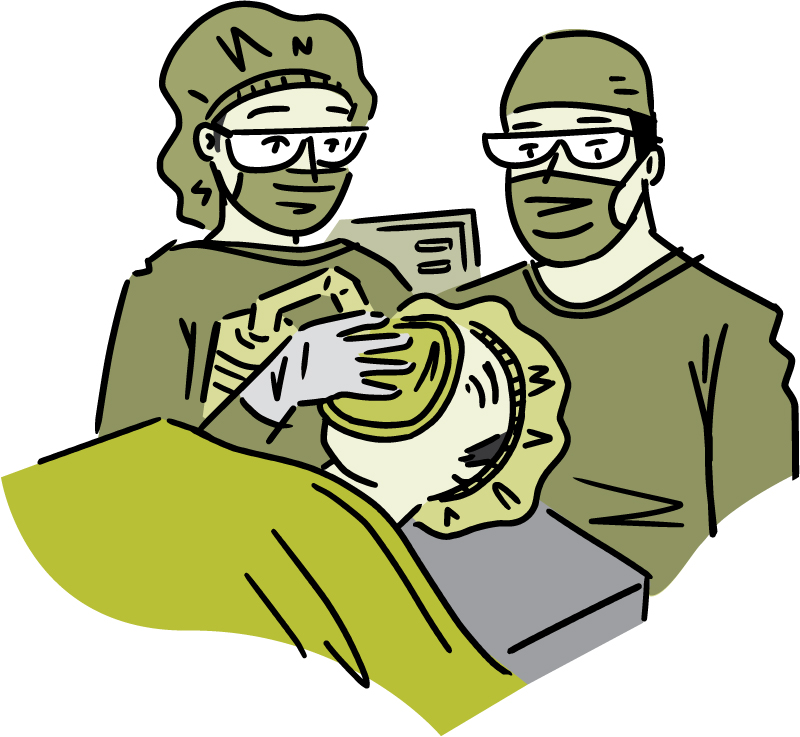
Beyond the Drill: Unmasking the Secrets of Dental Anesthesia
Welcome to the world of dental anesthesia, where the secrets to a pain-free dental experience are unveiled. For many, the mere thought of a dental drill can send shivers down the spine. However, thanks to the wonders of anesthesia, this fear can be transformed into a comfortable, anxiety-free journey towards healthier teeth and gums.
Dental anesthesia, also known as office anesthesia or sedation, is a essential tool used by dental professionals to ensure patient comfort during various dental procedures. It goes beyond simply numbing the area being worked on, providing a deeper sense of relaxation and tranquility. From routine cleanings to complex surgeries, dental anesthesia plays a crucial role in enhancing patients’ comfort while allowing dentists to carry out their work with precision and efficiency.
In this article, we will delve into the fascinating world of dental anesthesia, from its different forms and techniques to its benefits and considerations. Join us as we unmask the secrets behind this invaluable tool that has revolutionized the dental industry, empowering patients to overcome their fears and embark on a journey towards a brighter, healthier smile.
Types of Dental Anesthesia
Dental anesthesia plays a crucial role in ensuring patient comfort during dental procedures. It involves the administration of drugs to numb the mouth or induce relaxation. Different types of anesthesia are used in dental settings to cater to the varying needs of patients. Let’s explore some of the commonly employed types of dental anesthesia.
Local Anesthesia: Local anesthesia is the most frequently used type of dental anesthesia. It involves the application of an anesthetic drug directly to the site where the dental work is being performed. This numbs the specific area, reducing or eliminating any pain or discomfort experienced by the patient. Local anesthesia is commonly used for procedures such as tooth extractions, fillings, or gum treatments.
Nitrous Oxide Sedation: Nitrous oxide, commonly known as laughing gas, is a type of sedation used to relax patients during dental procedures. It is administered by inhaling a mixture of nitrous oxide and oxygen through a small mask placed over the nose. Nitrous oxide sedation induces a state of relaxation and reduces anxiety, allowing patients to undergo dental treatments in a calmer and more comfortable state.
General Anesthesia: In certain cases, general anesthesia may be necessary for complex or invasive dental procedures. General anesthesia involves the administration of drugs that render the patient unconscious throughout the procedure. This type of anesthesia is utilized for patients who have significant dental anxiety, require extensive dental work, or have special needs that require a deeper level of sedation. General anesthesia is typically administered by an anesthesiologist in a hospital or surgical center setting.
By utilizing various types of dental anesthesia, dentists can ensure the comfort and safety of their patients during dental procedures. Whether it’s a simple tooth extraction or a complex oral surgery, the appropriate anesthesia technique is selected based on the patient’s needs, the nature of the procedure, and the dentist’s professional judgment. Understanding these different types of dental anesthesia can help patients feel more informed and at ease when visiting their dentist for treatment.
Understanding Office Anesthesia
Office anesthesia plays a crucial role in ensuring a comfortable dental experience for patients. By employing the use of anesthesia, dental professionals can effectively manage pain and anxiety during various procedures. Dental anesthesia refers to the administration of medication to induce a state of sedation or numbness, allowing for the provision of quality oral care. This article aims to uncover the intricacies of dental anesthesia and shed light on its importance in modern dentistry.

Anesthesia in dental offices is commonly used for a variety of reasons. First and foremost, it helps to alleviate the pain associated with dental procedures. By numbing the affected area, patients can undergo treatments without experiencing significant discomfort. Additionally, office anesthesia can help manage dental anxiety, enabling individuals who may be apprehensive about dental visits to receive the necessary care without fear or unease.
Office anesthesia techniques can vary, ranging from local anesthesia to general anesthesia. Local anesthesia involves the injection of medication into specific nerves, resulting in temporary numbing of the targeted area. This type of anesthesia is commonly used for minor procedures such as fillings or tooth extractions.
Sedation dentistry is another form of office anesthesia that allows patients to reach a relaxed and calm state during more extensive dental treatments. This method involves the administration of sedative medication, either orally or through intravenous means, to induce a drowsy and relaxed state. Sedation dentistry is especially useful for patients with dental phobia or those undergoing complex procedures like dental implants or root canals.
In conclusion, office anesthesia plays a vital role in modern dentistry by ensuring patient comfort and managing anxiety during dental procedures. Whether through local anesthesia or sedation techniques, the use of anesthesia in dental offices enables individuals to receive the oral care they need without unnecessary pain or stress.
The Benefits of Sedation
Sedation in dental procedures offers a range of benefits that can greatly improve the experience for both the patient and the dentist.
Comfort and Relaxation: One of the key advantages of dental sedation is the ability to provide a higher level of comfort and relaxation for the patient. By inducing a state of calmness, sedation helps to alleviate anxiety, fear, and discomfort that can often be associated with dental treatments. This allows the patient to undergo procedures with significantly reduced stress and enables the dentist to work more efficiently.
Enhanced Cooperation: Dental sedation helps in promoting patient cooperation during complex and lengthy procedures. By keeping the patient relaxed and comfortable, sedation allows the dentist to perform intricate dental work without any unnecessary interruptions or discomfort to the patient. This streamlined cooperation between the dentist and the patient leads to improved treatment outcomes and a more positive overall experience.
Reduced Gag Reflex and Discomfort: Patients who have a strong gag reflex can find dental procedures particularly challenging. Sedation can help to minimize or eliminate the gag reflex, making it easier for the dentist to perform various dental treatments. Additionally, sedation reduces overall discomfort, allowing for smoother and more effective dental care without any unnecessary interruptions due to discomfort.
Office Anesthesia
In conclusion, dental sedation offers significant benefits to both patients and dentists by providing comfort, relaxation, enhanced cooperation, and reducing gag reflexes and overall discomfort. Incorporating sedation techniques into dental practices can greatly enhance the overall dental experience, making it a valuable solution for patients seeking a more comfortable and stress-free dental visit.



